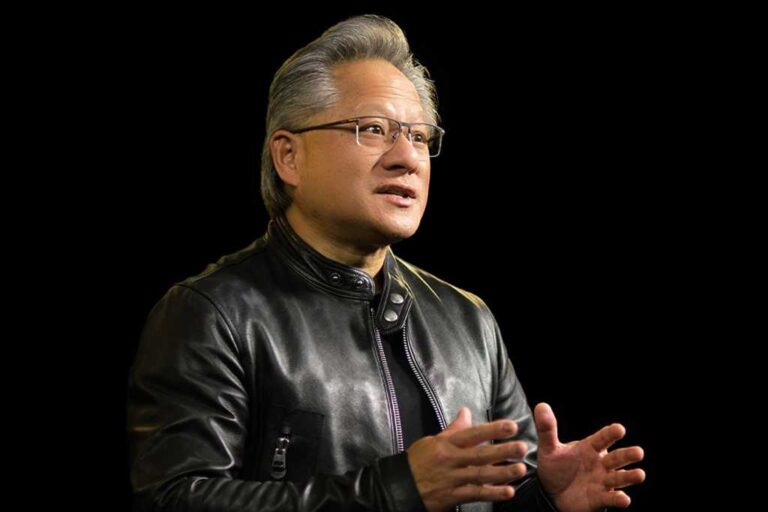“These robots are powered by physical AI models that can understand and interact with the environment,” Lebaredian said. “While language models generate text and video from text and image prompts, physical AI generates the next action based on instructions.Physical AI will completely revolutionize the global industrial market, Bringing AI to 10 million factories and 200,000 warehouses.”
Lebaredian said most people think of Nvidia’s robotics and automotive businesses as computers in robots and cars. But the real opportunity lies in AI factories, he says. Currently, humanoid robot developers rely on hundreds of human operators performing thousands of iterative demonstrations to teach a small number of skills. Additionally, autonomous vehicle (AV) developers must process, filter, and label millions of miles driven and thousands of petabytes of captured data.
“Ultimately, no matter how much real-world data you collect and how many miles you drive, you will be able to perfect your model and ensure that it performs well in long-tail edge case scenarios. will always require synthetic data,” Lebaredian said. .

